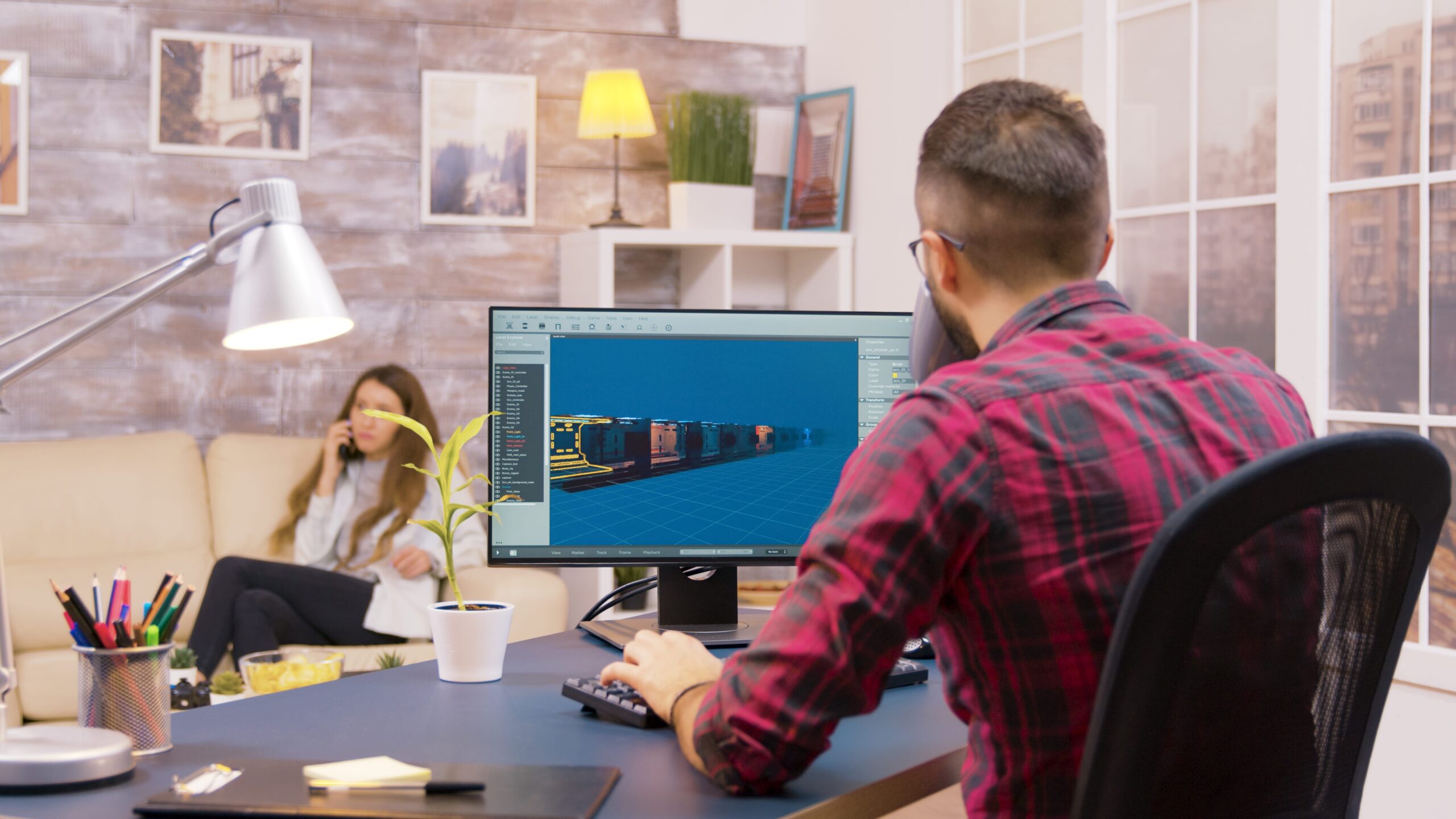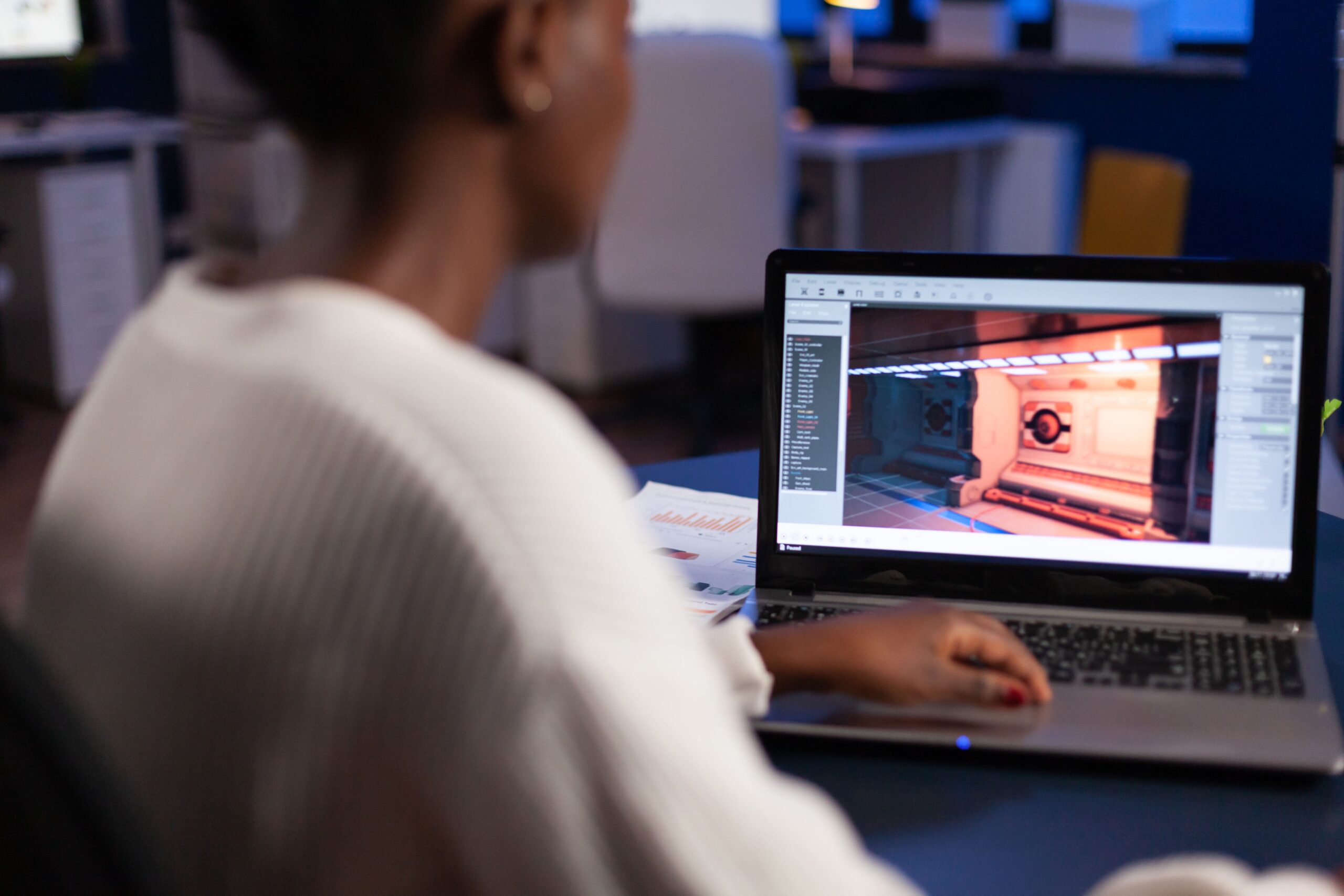Are you looking to venture into the exciting world of 3D animation but unsure where to begin? Learning 3D animation can be a rewarding journey that opens up a world of creative possibilities. Whether you aspire to work in film, video games, virtual reality, or other industries, mastering 3D animation skills can pave the way for a successful career. In this comprehensive guide, we will explore the essential steps to kickstart your journey in learning 3D animation.
Understand the Basics of 3D Animation
Before diving into the world of 3D animation, it’s crucial to grasp the fundamental concepts that govern this dynamic field. 3D animation involves creating three-dimensional moving images in a digital environment. Unlike traditional 2D animation, which operates on a flat plane, 3D animation allows for depth, perspective, and realism in the animation process. Understanding the principles of modeling, texturing, rigging, animation, lighting, and rendering is essential for creating compelling 3D animations.
Choose the Right Software
Selecting the appropriate software is key to starting your 3D animation journey. Industry-standard software such as Autodesk Maya, Blender, Cinema 4D, and 3ds Max are widely used by professionals in the field. Each software has its strengths and learning curve, so it’s essential to research and choose a program that aligns with your goals and skill level. Many software options offer free trials or student versions, allowing you to explore and familiarize yourself with the tools before making a commitment.
Master the Art of Modeling
Modeling is the process of creating 3D objects within a digital environment. Whether it’s sculpting organic shapes or designing intricate structures, mastering modeling techniques is fundamental to 3D animation. Understanding polygonal modeling, NURBS modeling, and sculpting tools can help you bring your creative vision to life in a virtual space. Practice creating various objects, characters, and environments to hone your modeling skills and develop a strong foundation in 3D animation.
Dive into Texturing and Shading
Texturing and shading add depth, detail, and realism to 3D models. Textures are images applied to 3D surfaces to simulate materials such as wood, metal, fabric, or skin. Shading involves defining how light interacts with surfaces to create realistic lighting effects. Learning how to create and apply textures, shaders, and materials can enhance the visual quality of your 3D animations and bring your creations to life.
Explore Rigging and Animation
Rigging is the process of adding digital bones and controls to 3D models to enable movement and animation. Understanding rigging principles is essential for creating dynamic and expressive character animations. Animation involves bringing characters and objects to life through movement and storytelling. Mastering keyframe animation, motion capture, and character rigging can elevate the quality of your 3D animations and imbue them with personality and emotion.
Experiment with Lighting and Rendering
Lighting and rendering play a crucial role in enhancing the visual appeal of 3D animations. Proper lighting setups can set the mood, highlight focal points, and create realistic shadows and reflections in your scenes. Rendering involves the process of generating the final image or sequence from your 3D scene. Experimenting with different lighting techniques and rendering settings can help you achieve professional-looking results in your 3D animations.
Learn About Visual Effects and Dynamics
Visual effects (VFX) and dynamics add realism and excitement to 3D animations. VFX techniques such as particle systems, fluid simulations, and dynamics can create natural phenomena like fire, smoke, water, and explosions in your animations. Understanding how to integrate VFX elements seamlessly into your scenes can take your 3D animations to the next level and captivate your audience with stunning visual effects.
Collaborate and Seek Feedback
Collaborating with peers, mentors, and industry professionals can provide valuable insights and feedback on your 3D animation projects. Joining online communities, attending workshops, and participating in industry events can help you network with like-minded individuals and stay current with the latest trends and techniques in the field. Seeking constructive feedback on your work can help you identify areas for improvement and refine your skills as a 3D animator.
Build a Strong Portfolio
Creating a diverse and compelling portfolio is essential for showcasing your skills and talent as a 3D animator. Include a variety of projects that demonstrate your proficiency in modeling, texturing, animation, lighting, and rendering. Tailor your portfolio to highlight your strengths and interests, whether it’s character animation, architectural visualization, product design, or visual effects. A strong portfolio can be a powerful tool for attracting potential clients, employers, or collaborators in the industry.
Explore Career Opportunities in 3D Animation
The field of 3D animation offers a wide range of career opportunities across industries such as film, television, advertising, gaming, virtual reality, and architectural visualization. As a 3D animator, you can pursue roles such as character animator, technical animator, VFX artist, motion graphics designer, or 3D modeler. Stay informed about job trends, industry demands, and emerging technologies to position yourself for success in the competitive world of 3D animation.
Conclusion
Learning 3D animation is a dynamic and rewarding journey that requires dedication, creativity, and continuous learning. By mastering the essential skills, techniques, and software tools, you can unleash your creativity and bring your imaginative ideas to life in the digital realm. Explore, experiment, and push the boundaries of your creativity as you embark on your 3D animation learning journey.
Key Takeaways:
- Mastering 3D animation combines both artistic creativity and technical problem-solving.
- Building a strong grasp of fundamentals early makes advanced techniques easier to learn later.
- The best software is the one you’ll actually use consistently—commit to learning its tools deeply.
- Realism in 3D animation comes from understanding how light, texture, and movement interact.
- Collaboration and feedback accelerate improvement far more than working in isolation.
- A professional portfolio should tell a story of growth, creativity, and versatility—not just technical skill.
- Continuous learning and experimentation are essential, as 3D animation technology evolves rapidly.
- Patience and persistence are key—great animation is built frame by frame and idea by idea.
To further enhance your 3D animation journey, consider enrolling in the NYU Animation Industry Essentials online course and certificate program offered by Yellowbrick. Unlock new opportunities and refine your animation expertise with this program.








